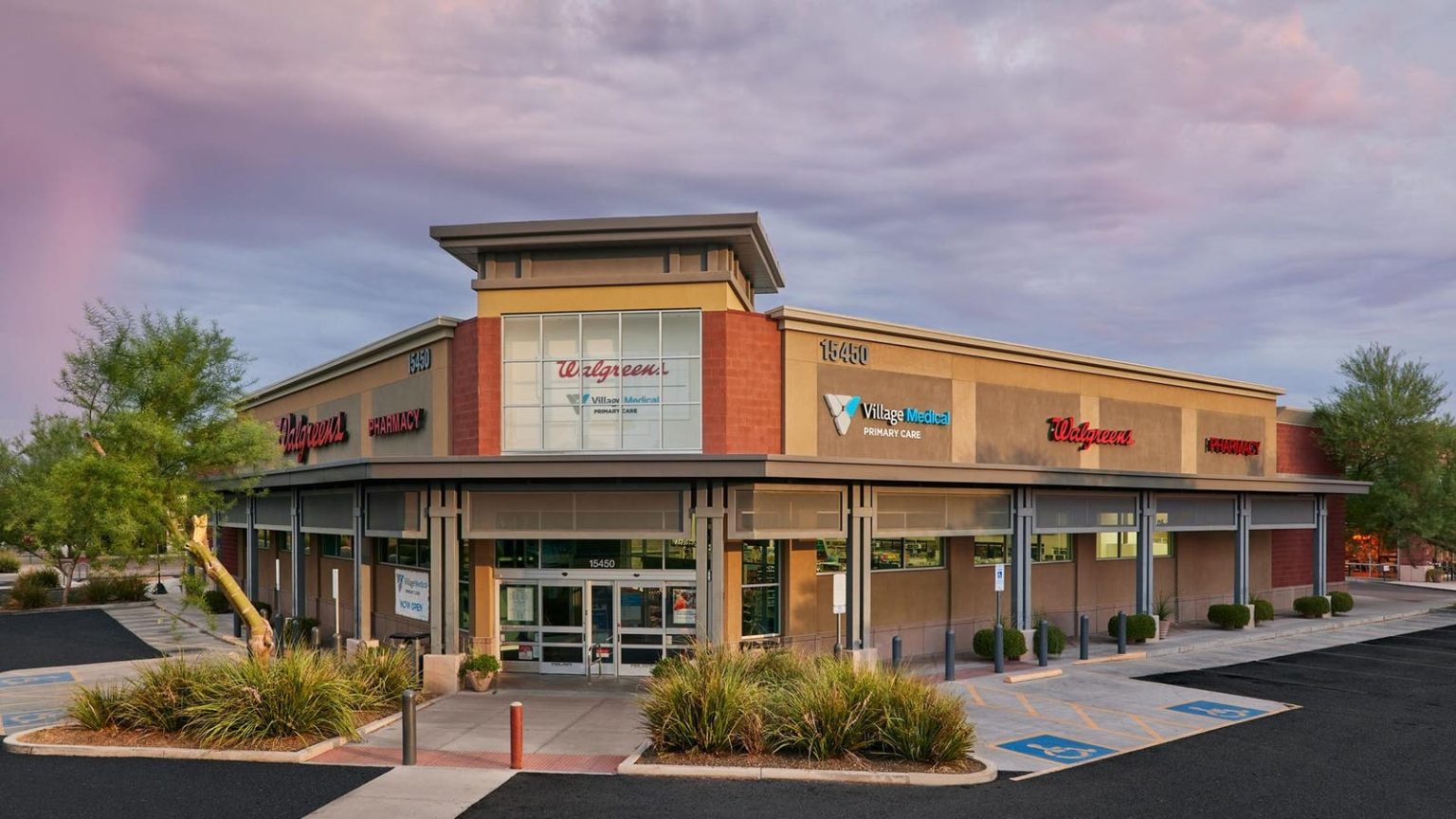Walgreens chief executive’s disclosure last week that VillageMD’s doctor-staffed clinic expansion plan needed to go “on a diet” highlights certain risks in the race by retailers to open primary care centers across the country.
In Walgreens case, the drugstore giant has for several years now been an investor and partner with VillageMD, a Chicago-based startup that has received several billion dollars from Walgreens. Walgreens, which now owns about half of VillageMD, in October announced plans to close 60 underperforming VillageMD locations and exit certain locations to focus on “increased density” in the company’s highest opportunity markets.
In an interview last week, Walgreens chief executive Tim Wentworth said Walgreens and partner VillageMD have slowed the number of openings of doctor-staffed clinics adjacent to Walgreens drugstores in part because the operators haven’t been able to fill their so-called “patient panels,” which are a certain number of individual patients under the care of a specific provider. Patient panel size is essentially the number of patients a doctor treats during a specific time period, typically a year or year and a half.
Neither company is disclosing panel size for VillageMD physicians but it’s not uncommon for a typical primary care doctor to manage a panel of 2,500 or more patients. It can take months or even longer for physicians to build a large panel.
After two months as Walgreens CEO, Wentworth said in an interview last week he is putting VillageMD “on a diet” so the operator of physician-staffed clinics attached to Walgreens stores can focus on operations such as recruiting more patients to its clinics and “filling out (VillageMD’s) patient panels.”
The patient panels are one of Walgreens keys to improving profits for the entire company, executives told Wall Street analysts last week on a call to discuss first quarter earnings for the period ended Nov. 30, 2023.
“As VillageMD focuses on increasing density in their highest opportunity markets, remember the previously announced plans to optimize their footprint and exit approximately 60 clinics in nonstrategic markets,” Wentworth told analysts. “As of today, they are nearly halfway there, having already exited 27.”
But Village Medical’s Walgreens clinics are seeing growth elsewhere.
“VillageMD is driving patient panel growth and achieved 23% year-over-year growth in full risk lives and 9% growth in fee-for-service volumes,” Wentworth told analysts. “Work is under way to implement targeted marketing efforts, leveraging Walgreens expertise and patient touchpoints, and we expect benefits over time as we learn and further develop our provider-based risk strategy.”
While Walgreens U.S. Healthcare segment had first quarter sales of $1.9 billion, “reflecting the acquisition of Summit Health by VillageMD, and growth in all businesses compared to the year-ago quarter,” the business is still losing money. The US healthcare segment reported an operating loss of $436 million in the quarter.
The shift in Walgreens primary care expansion strategy comes as Walgreens and rivals CVS Health, Walmart and Amazon push deeper into providing medical care in drugstores and other retail settings. All four retail giants are using primary care physicians as key to growing their various primary care clinics and outpatient centers but are going to face similar problems such as the healthcare labor shortage. Primary care providers from physicians to nurse practitioners and physician assistants are in high demand.
In an interview last fall at HLTH 2023 in Las Vegas, Amazon executives said decisions on when and where to expand its One Medical clinics has to do in part with the ability to recruit primary care physicians amid a doctor shortage.
In 2020, Walgreens said it planned to open 500 to 700 “Village Medical at Walgreens” physician-led primary care clinics in more than 30 U.S. markets over five years, with the “intent to build hundreds more thereafter.”
Today, VillageMD is short of the original goal with 360 total clinics, which includes 211 attached to Walgreens stores. The other 149 clinics are standalone centers.
“We expect U.S. Health care segment profitability will scale over the balance of the year, mainly driven by benefits from optimizing the clinic footprint, growing patient panels and realigning cost at VillageMD, and growth across all other businesses,” said Walgreens global chief financial officer and senior vice president, Manmohan Mahajan. “We are making progress to accelerate profitability at VillageMD, and profit growth from all other businesses in the quarter.”
Read the full article here





